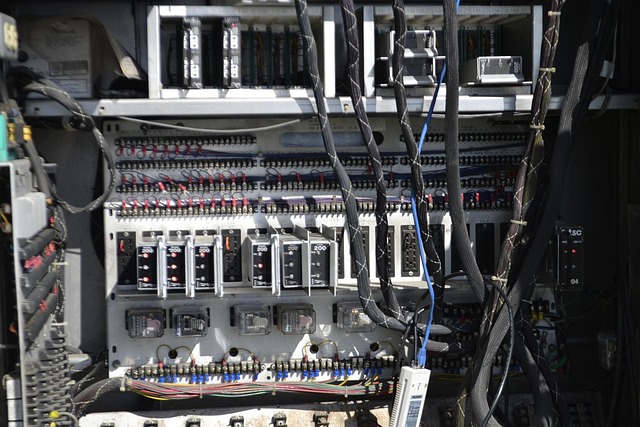As we venture further into the digital age, the concept of how we interact with technology is experiencing a significant transformation. One of the unsung heroes in this evolution is the projector, an age-old device that has undergone fascinating advancements to cater to modern needs in virtual reality (VR), augmented reality (AR), and the metaverse. These innovations provide not only enhanced experiences but also open the door for endless creativity and interaction.
Traditionally associated with classrooms and boardrooms, projectors now play a pivotal role in creating immersive environments. They serve as gateways to captivating experiences in virtual reality—an essential component for gamers, educators, and corporate trainers. Imagine stepping into a game where a massive screen wraps around you, displaying a 360-degree view that transports you to another world. With high-definition projectors, this 3D effect becomes real, bringing environments to life and pulling users deeper into these virtual realms.
Augmented reality, on the other hand, blends the physical and digital worlds. Projectors equipped with AR capabilities can create holographic displays that overlay digital images onto real-world objects. This functionality is invaluable in educational settings, where students can view complex structures—like the human anatomy or architectural designs—projected over actual models. By integrating AR with projectors, learners can interact with holograms, enhancing their understanding through hands-on experiences that were previously limited to textbooks and diagrams.
With the rise of the metaverse, a virtual space where users can create, socialize, and conduct business, projectors stand to revolutionize this concept further. Imagine a massive projection in a public space where avatars can gather, collaborate, or even attend virtual concerts. These projections can adapt to the surroundings, allowing for fluid interactions in shared spaces, thus enhancing the communal experience of the metaverse. This leads to more significant opportunities for connection and engagement, mirroring social dynamics in the physical world.
Furthermore, advancements in laser and LED technology have considerably improved the projector’s quality and versatility. These modern projectors boast vibrant colors, higher resolutions, and impressive brightness levels, ensuring that the virtual experiences they produce are not only immersive but also visually stunning. The seamless integration of these high-quality projectors with VR and AR systems promises a new era of entertainment and engagement.
As we explore the future, the potential applications of projectors extend beyond gaming and education. Businesses are also leveraging these technologies for impactful presentations and immersive advertisements. The capability to project holographic data in real time can lead to more persuasive pitching techniques and enhanced customer experiences. The collaboration potential in remote teams is greatly increased as innovative platforms utilize projectors to create dynamic, interactive presentations, making distance irrelevant.
In essence, projectors are becoming essential tools in shaping how we engage with technology. As their capabilities continue to evolve, they bridge the gap between reality and imagination—facilitating immersive experiences that empower users in virtual reality, enrich understanding in augmented reality, and expand the very concept of community within the metaverse. The projector is no longer just a passive device; it is a powerful medium redefining our interactions with the digital landscape.




